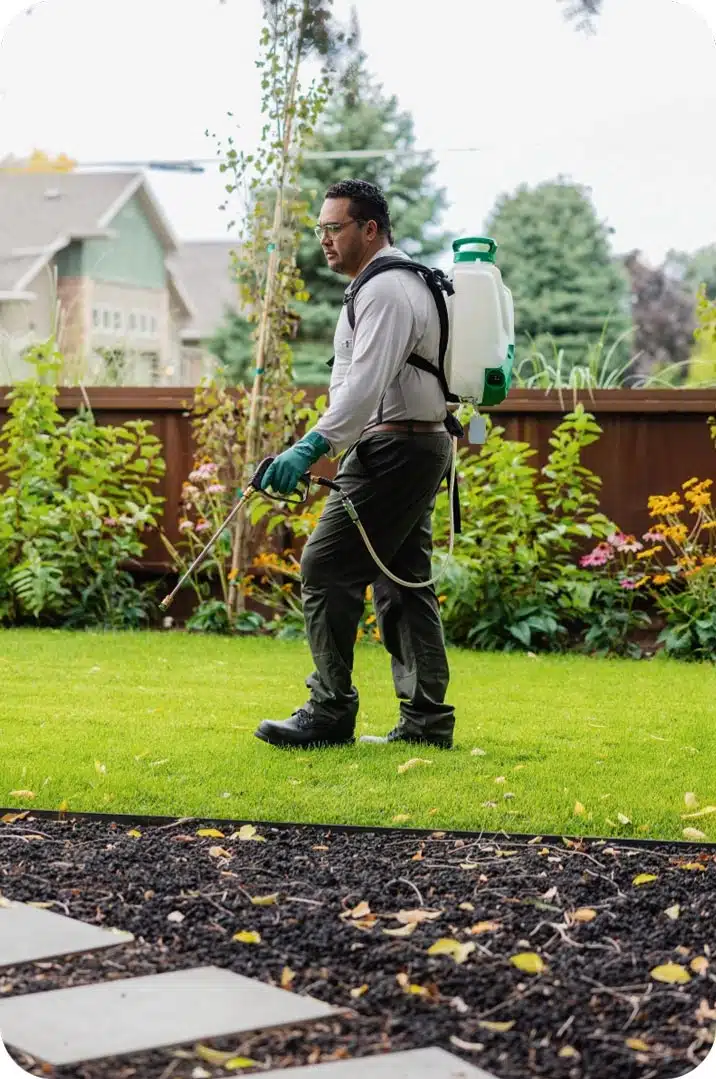A1 Pest Control Charlotte NC Bed Bugs - Specialist Elimination Services
Bed Pest Treatment Breakdown: Contrasting Chemical Vs. Non-Chemical Solutions
In the world of parasite control, specifically when managing the consistent issue of bed bugs, the choice between chemical and non-chemical treatment remedies can be a pivotal one. Both strategies offer distinct benefits and drawbacks, influencing factors such as efficiency, security factors to consider, and overall cost. By analyzing the nuanced details of each method, a clearer understanding of which course to go after in addressing a bed insect infestation can be obtained.
Efficiency of Chemical Therapies
Chemical therapies for bed bug invasions have been commonly identified for their fast and potent efficiency in getting rid of these bugs. When considering the efficiency of chemical treatments, it is crucial to comprehend that they can provide a quick and complete option to a bed pest problem. Expert exterminators usually rely upon insecticides to target bed insects at numerous phases of their life process, including adults, nymphs, and eggs. These chemicals commonly work by disrupting the bed pests' nerves, bring about paralysis and ultimate fatality.
Additionally, chemical treatments have the advantage of using residual results, implying that they can continue to eliminate bed pests also after the first application. This recurring action is specifically valuable in combating any kind of prospective re-infestations. Furthermore, the fast action of chemical treatments can bring alleviation to people facing severe bed pest infestations, enabling them to restore control of their space quickly.
Safety Interest In Chemical Solutions
When making use of chemical solutions for bed bug therapy is making certain the safety of occupants and the atmosphere,One vital aspect that requires careful factor to consider. While chemical therapies can be reliable in eradicating bed bugs, they may posture threats if not dealt with appropriately. Among the primary safety issues with chemical remedies is the prospective harm they can create to human health and wellness. Direct exposure to specific chemicals utilized in bed insect treatments can cause breathing concerns, skin irritation, or various other damaging responses, particularly in individuals with pre-existing conditions or sensitivities. In addition, improper application or dosage of chemical pesticides can lead to poisonous deposits remaining in the treated location, presenting lasting wellness dangers to occupants.
Moreover, the environmental influence of chemical services is another considerable factor to consider. Some chemicals used in bed bug therapies might be dangerous to useful pests, wild animals, and communities if they seep right into the dirt or water supply. It is necessary to make use of chemical treatments carefully, adhering to safety and security standards, and thinking about much less poisonous options to minimize these risks and make certain the reliable and safe administration of bed pest invasions.
Benefits of Non-Chemical Strategies
Thinking about the potential security worries and environmental impact connected with chemical solutions for bed pest treatment, checking out non-chemical techniques provides an appealing option with numerous distinct benefits. Non-chemical methods use a more secure option for homes, particularly those with pet dogs, people, or children conscious rough chemicals. These strategies remove the risks of direct exposure to harmful materials, minimizing the capacity for adverse wellness effects. Moreover, non-chemical therapies are environmentally pleasant, as they do not contribute to air or water pollution, making them a sustainable choice for insect control.
Furthermore, non-chemical services can be reliable in targeting bed insects, including hard-to-reach areas where chemical treatments may not permeate. Methods such as warm treatment, vacuuming, heavy steam cleansing, and bed mattress encasements provide complete eradication without making use of damaging chemicals. Moreover, non-chemical techniques can be much less turbulent, calling for marginal preparation and enabling quicker reentry into treated locations. On the whole, going with non-chemical bed pest you could try here treatment methods not only prioritizes safety and security and environmental management yet also guarantees effective and thorough parasite control.
Limitations of Non-Chemical Treatments

In addition, non-chemical treatments typically need multiple applications to attain successful obliteration. This can be time-consuming and might not constantly ensure complete removal of all bed pests and their eggs, specifically in covert or hard-to-reach areas.
Moreover, the success of non-chemical treatments greatly relies upon appropriate application and thoroughness, which can be testing for individuals without expert knowledge. Insufficient application of non-chemical techniques may lead to insufficient elimination, resulting in relentless infestations and the requirement for added treatments.
As a result, while non-chemical treatments have their advantages, it is crucial to acknowledge these constraints and consider them when identifying one of the most effective strategy for managing bed pest infestations.
Expense Contrast: Chemical Vs. Non-Chemical Options
Offered the constraints connected with non-chemical therapies, an important element to examine in the context of bed insect monitoring is the expense contrast in between chemical and non-chemical choices. Chemical treatments usually include the application of insecticides by specialists, which can range from $250 to $900 per room, depending upon the severity of the infestation and the size of the location to be treated. In contrast, non-chemical treatments like warm therapy or steam can be much more pricey, with expenses additional resources varying from $1,000 to $6,000 for a whole home. While the initial cost of chemical treatments may appear lower, multiple therapies may be called for to completely get rid of the problem, possibly increasing the general expense. On the various other hand, non-chemical choices might supply an extra green and lasting service, although they can be cost-prohibitive for some individuals. Eventually, when considering the cost of bed insect therapy options, it is essential to consider the ahead of time expenditures versus the effectiveness and long-lasting sustainability of the picked method.
Verdict

Thinking about the potential safety problems and ecological influence connected with chemical remedies for bed bug treatment, exploring non-chemical approaches offers a promising alternative with a number of distinctive benefits.Offered the restrictions connected with non-chemical treatments, a vital element to examine in the context of bed bug administration is the expense comparison in between chemical and non-chemical choices. In comparison, non-chemical treatments like warmth therapy or steam can be extra expensive, with costs varying from $1,000 to $6,000 for a whole home. While the preliminary price of chemical therapies might seem lower, numerous treatments might be called for to completely eliminate the problem, possibly enhancing the general price.In final thought, when comparing chemical and non-chemical bed insect therapy alternatives, it is important to think about effectiveness, safety and security, benefits, limitations, and cost.